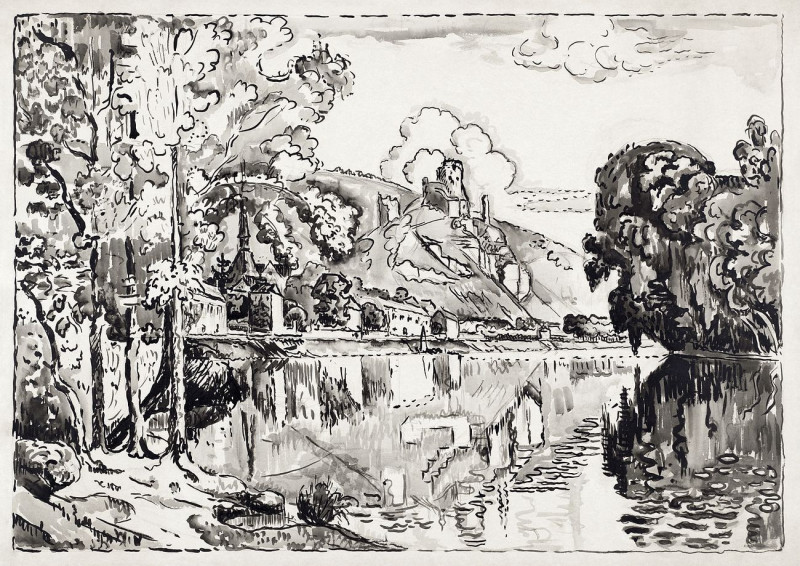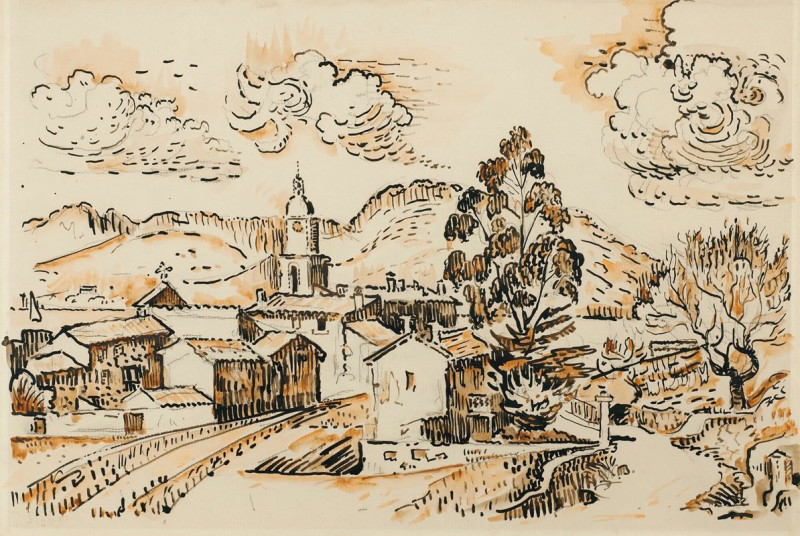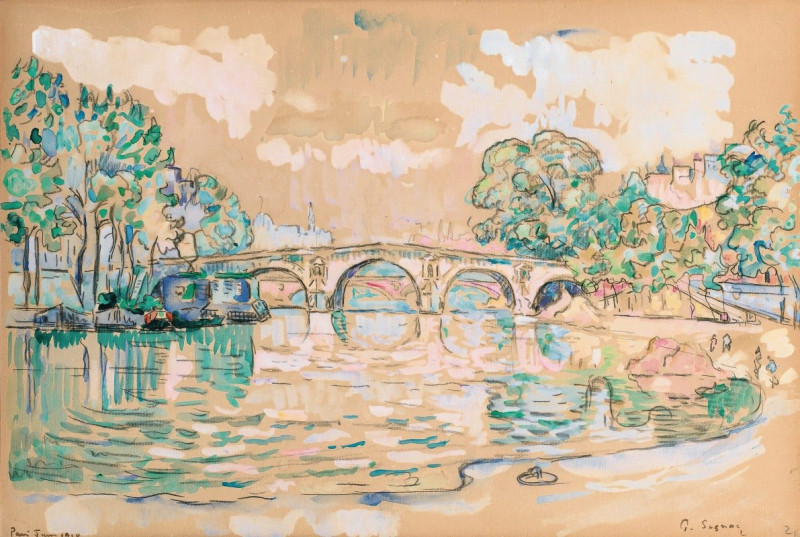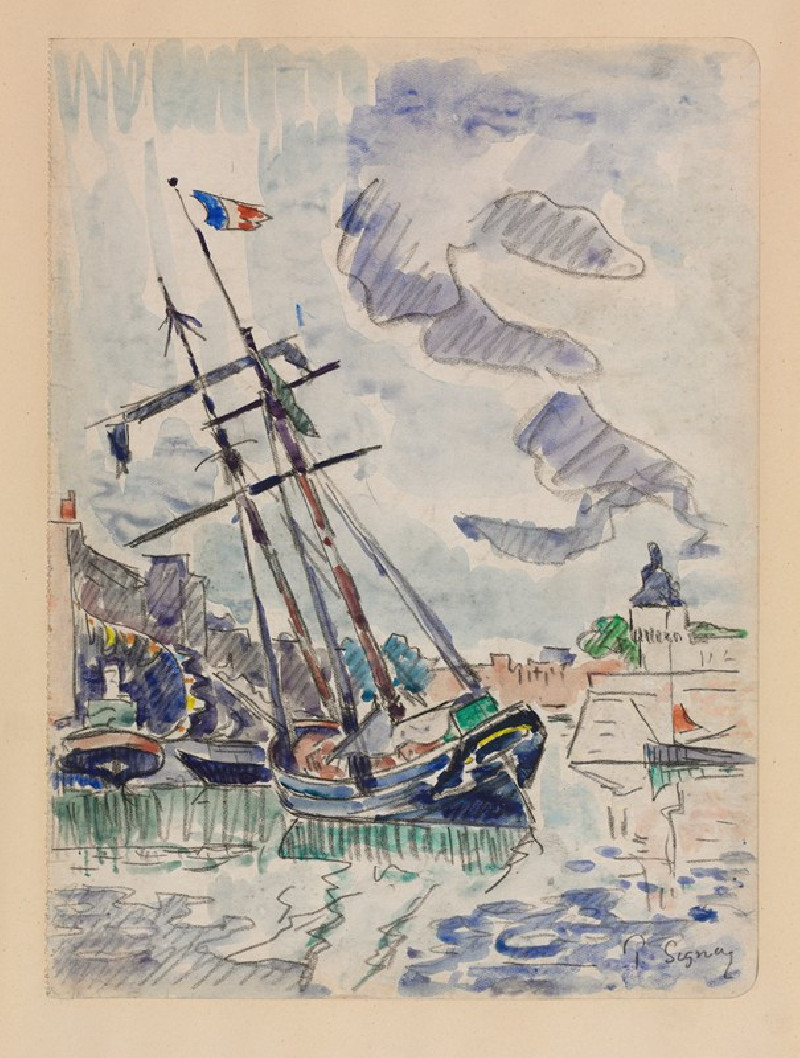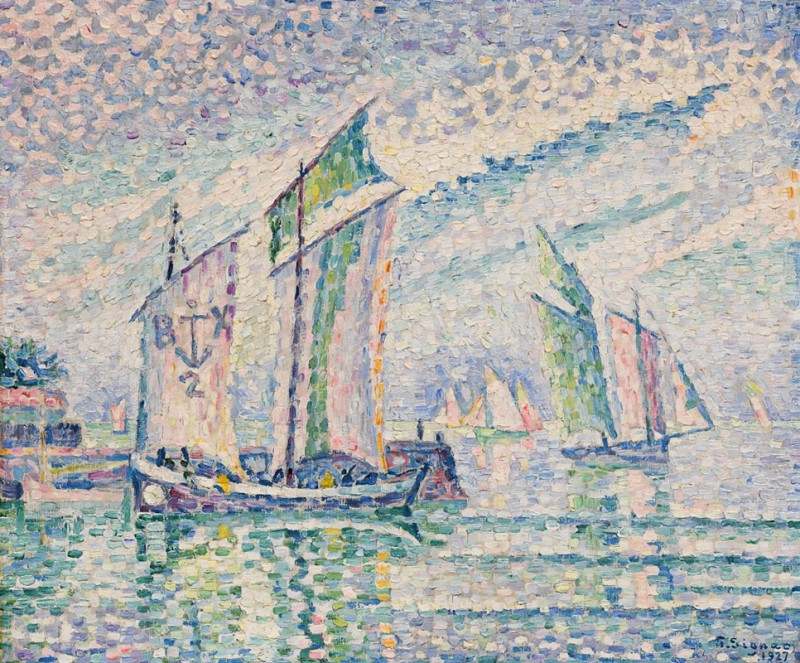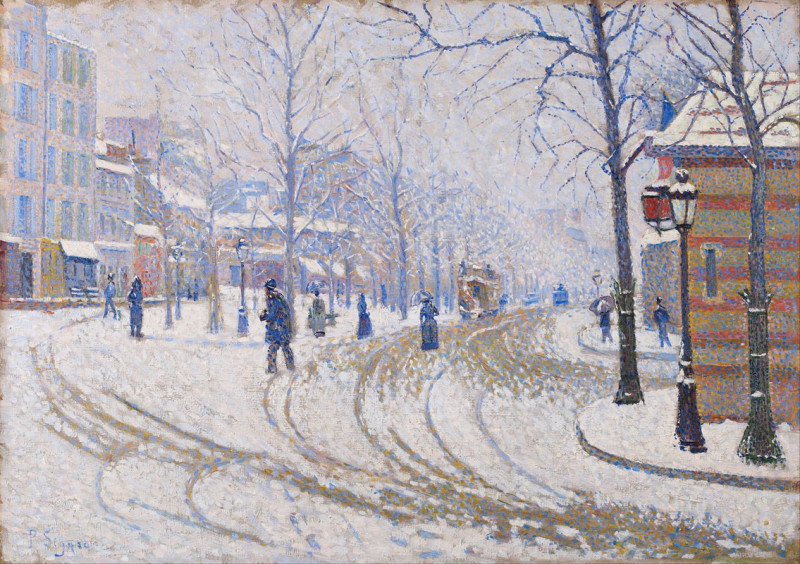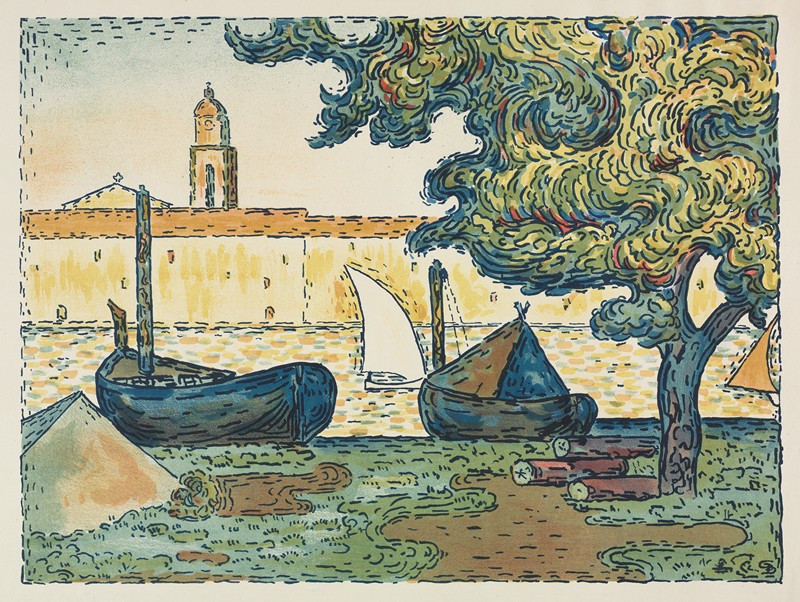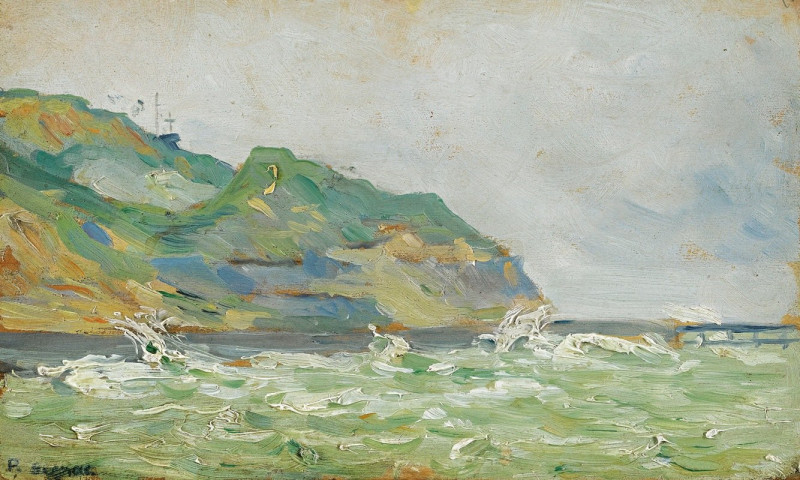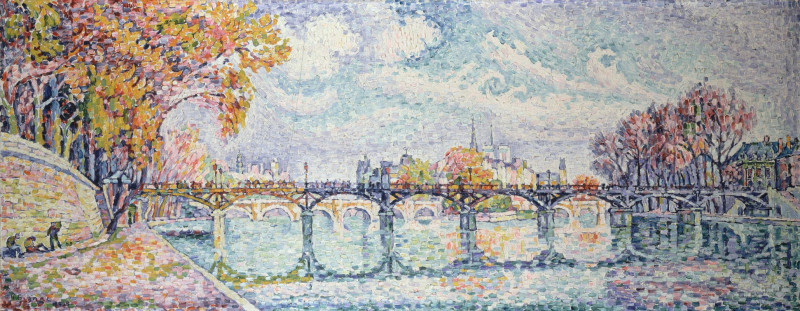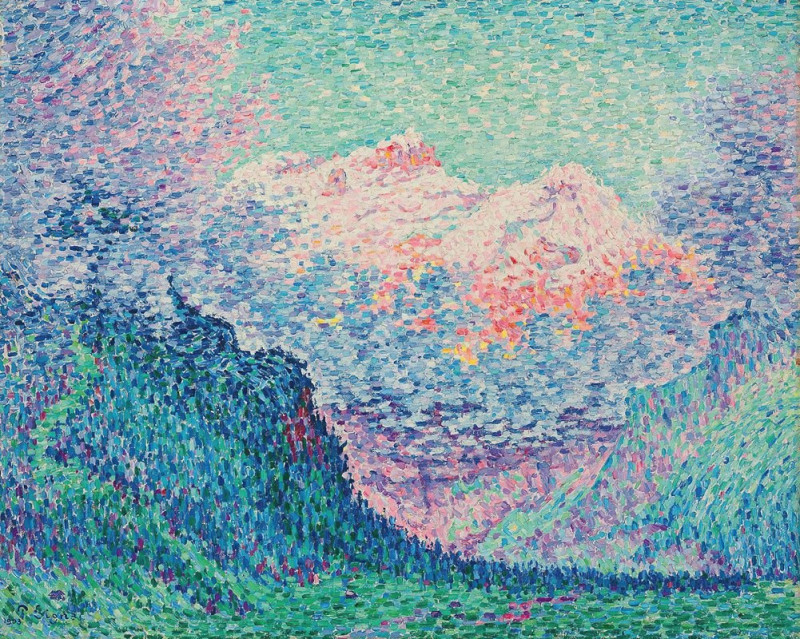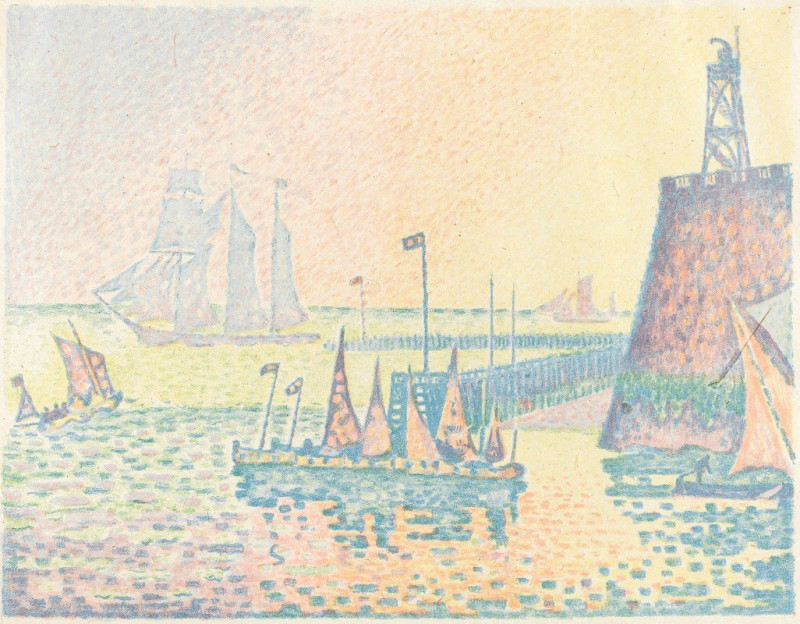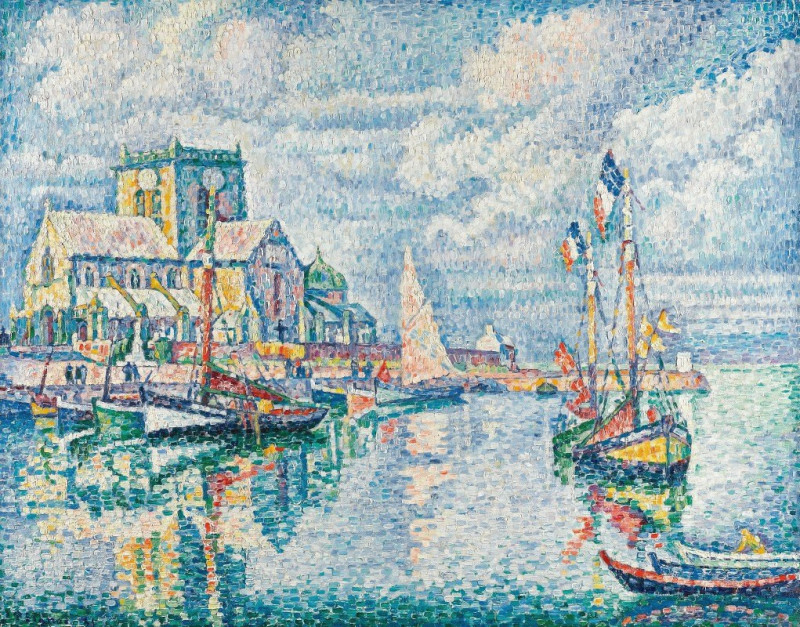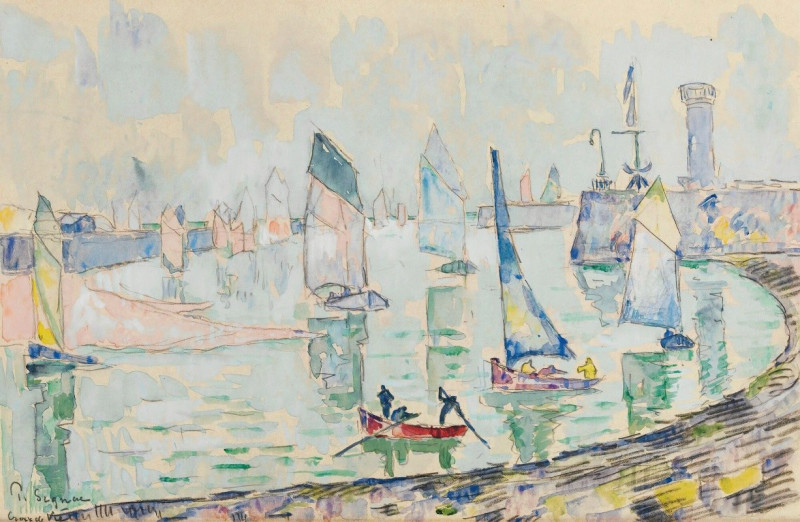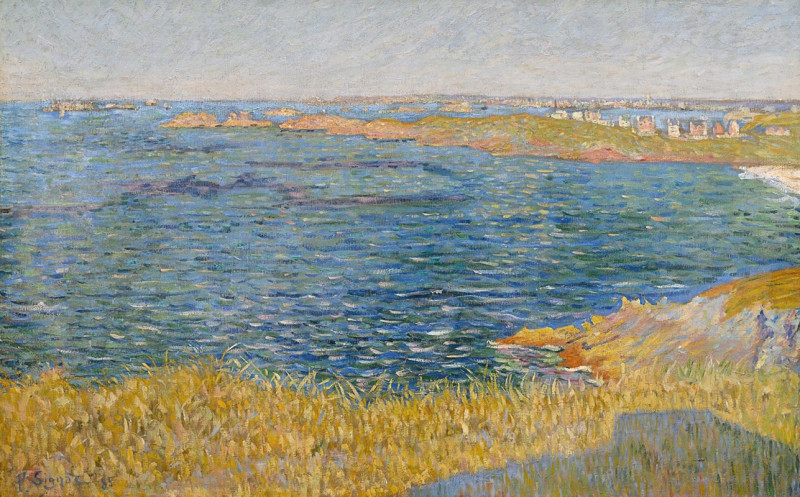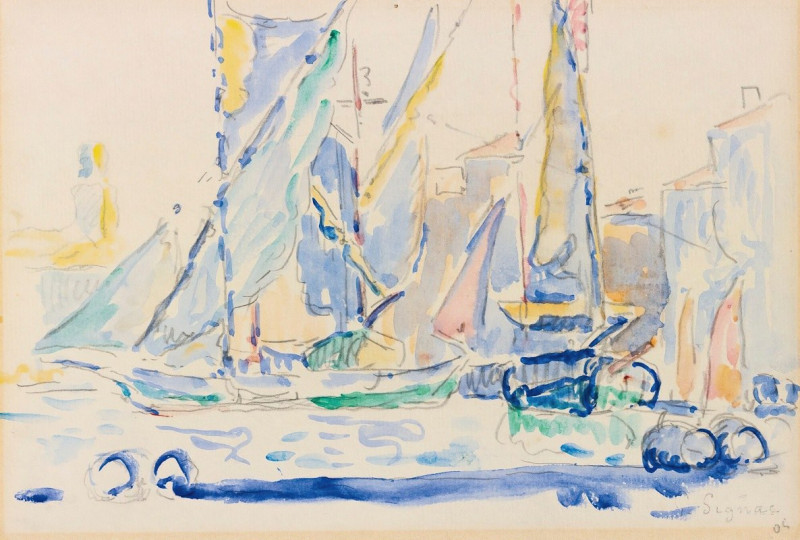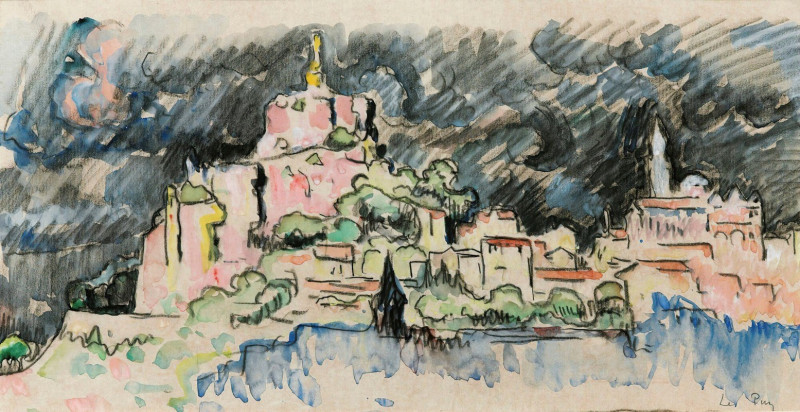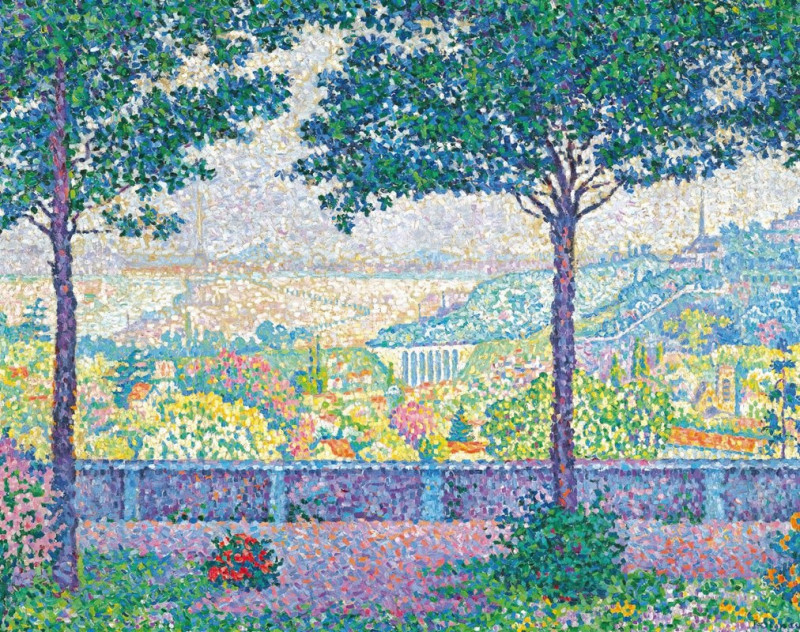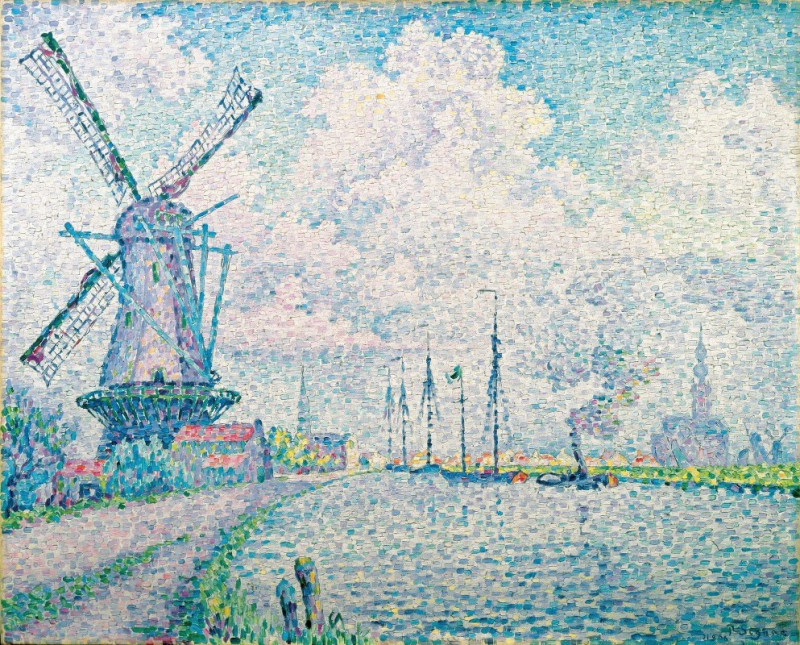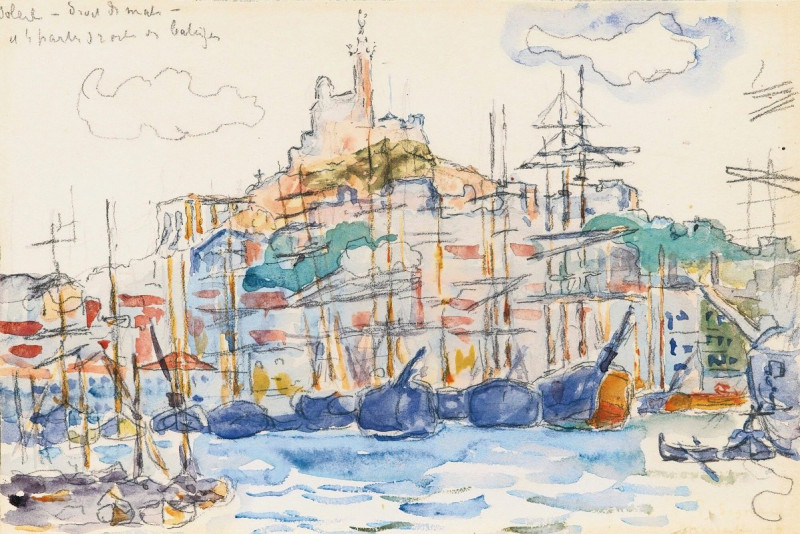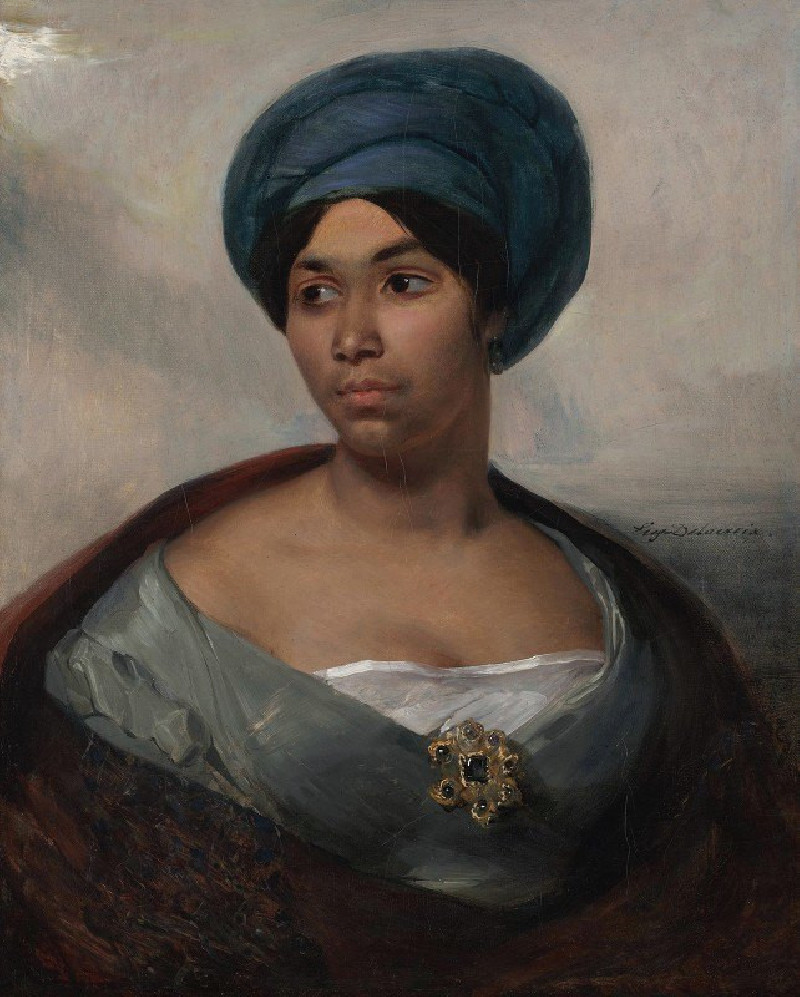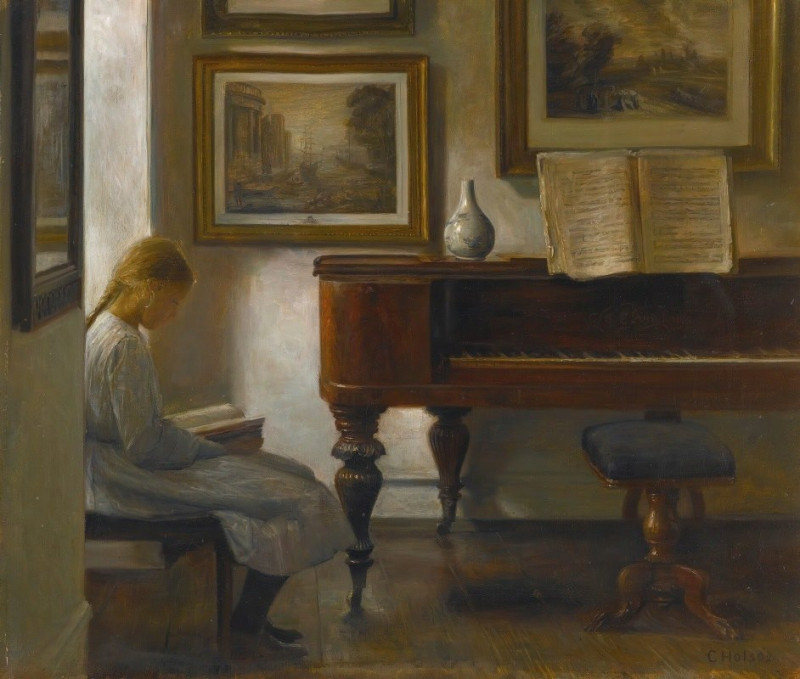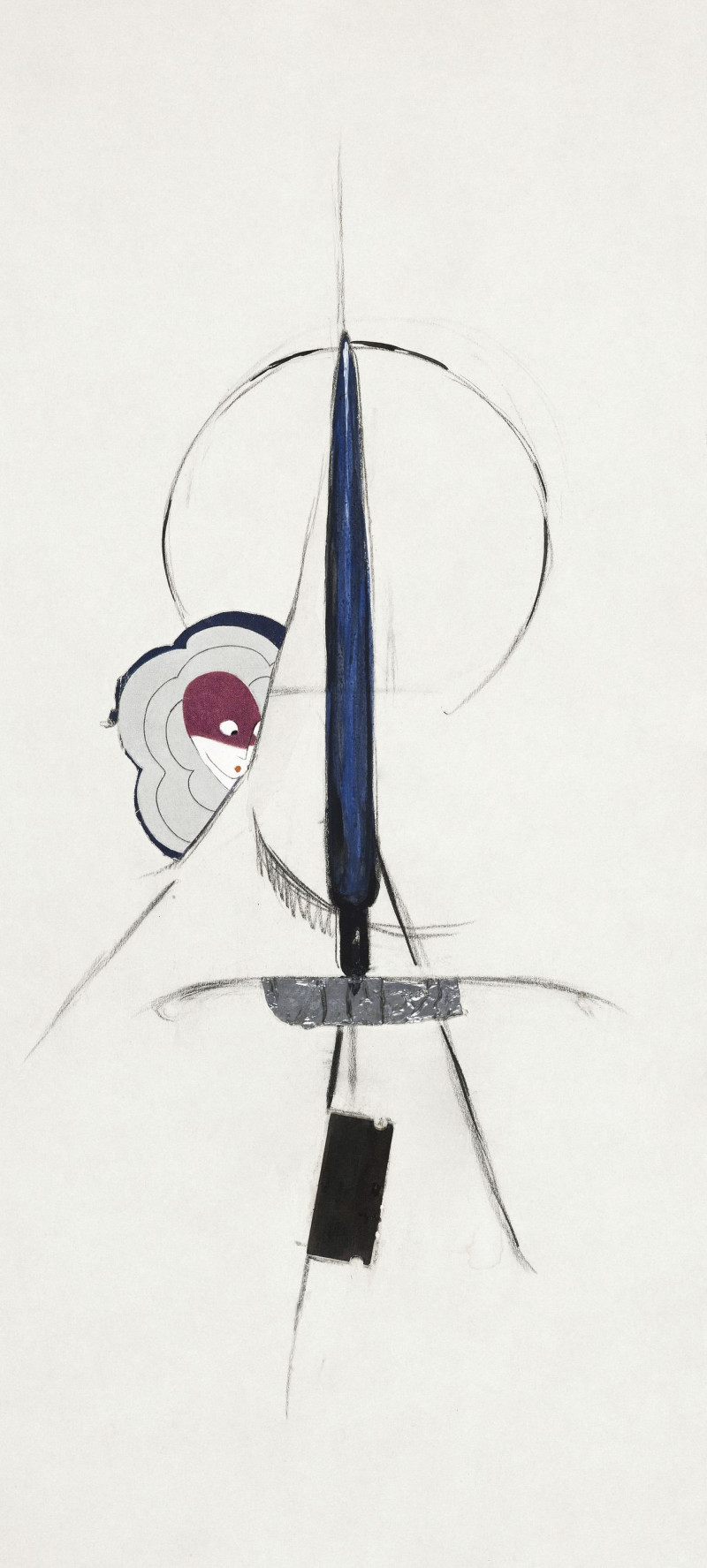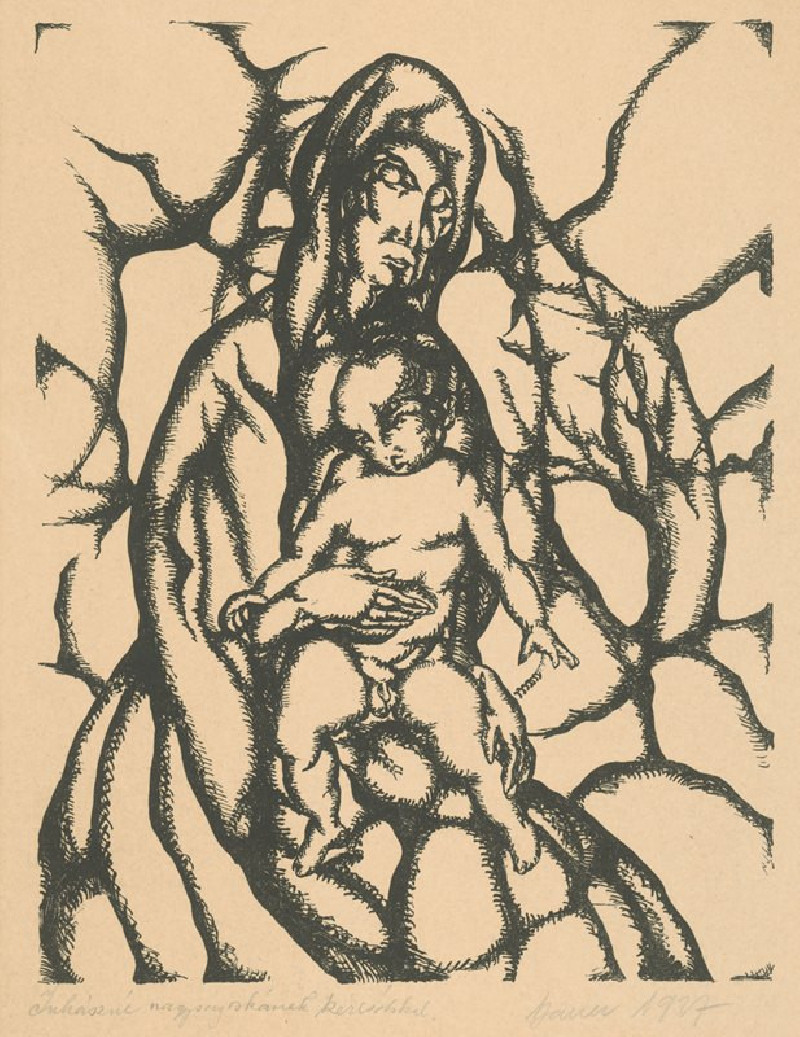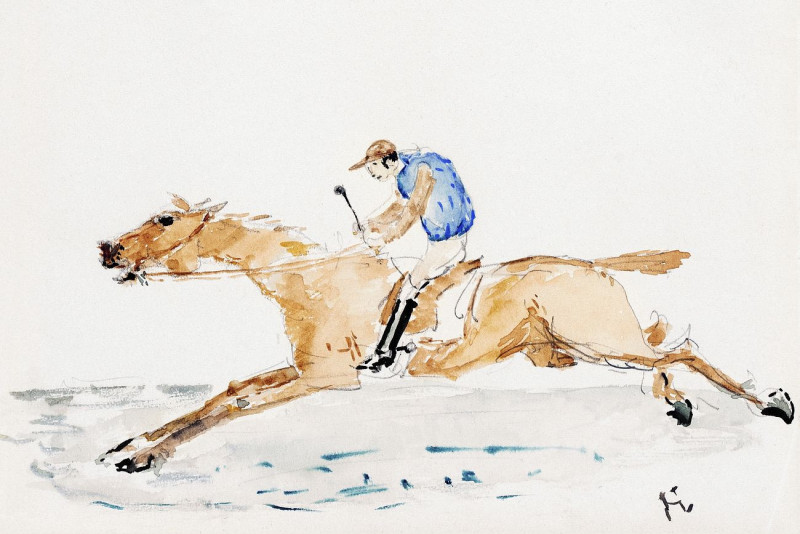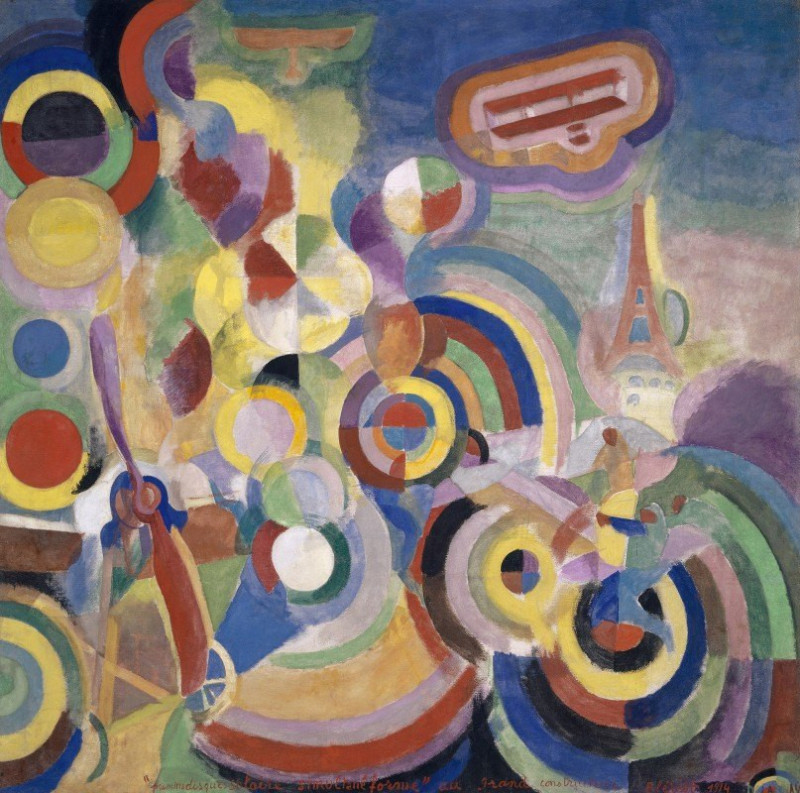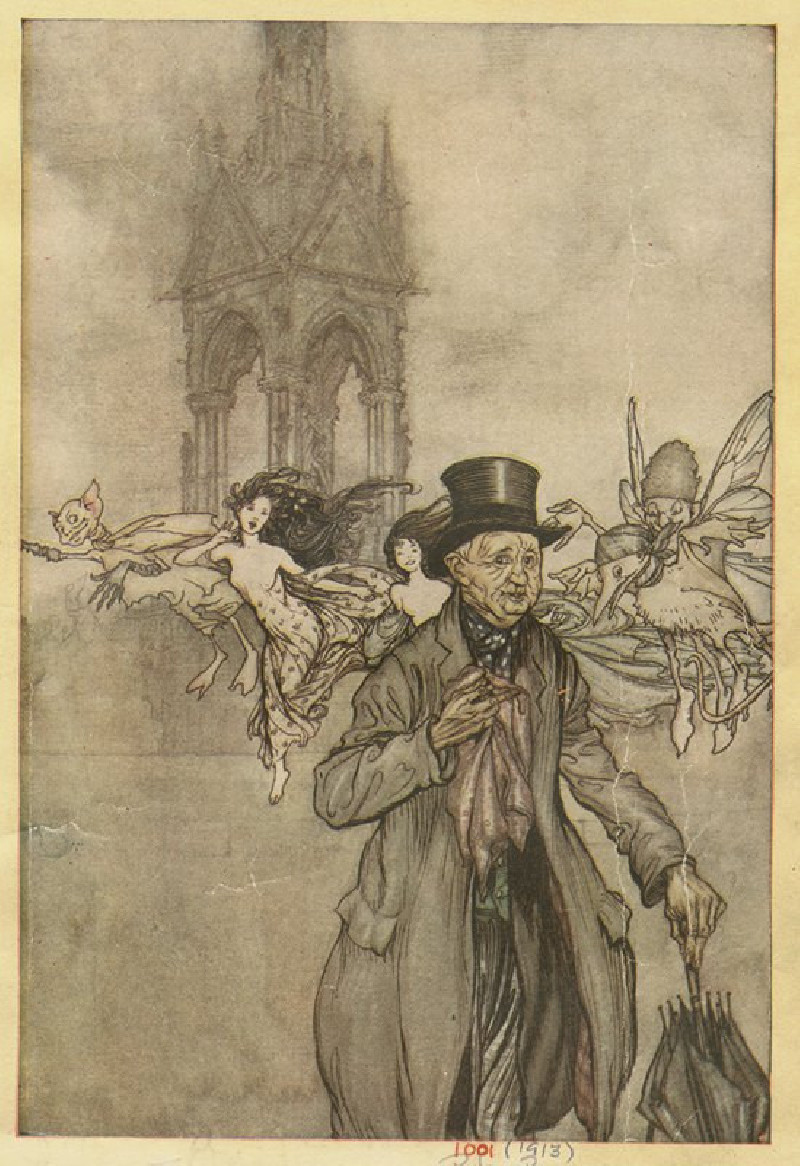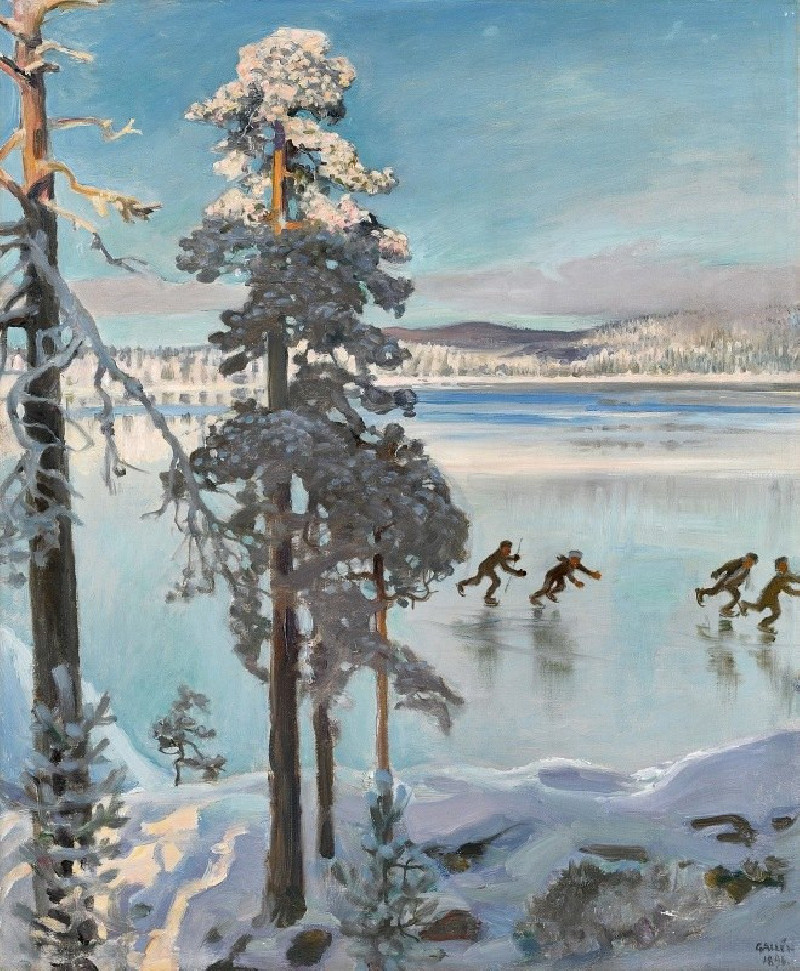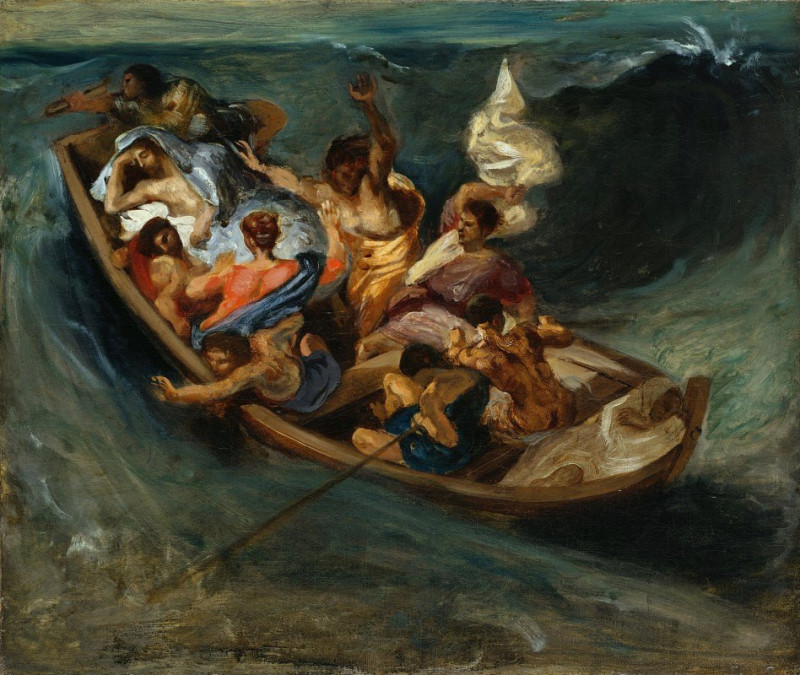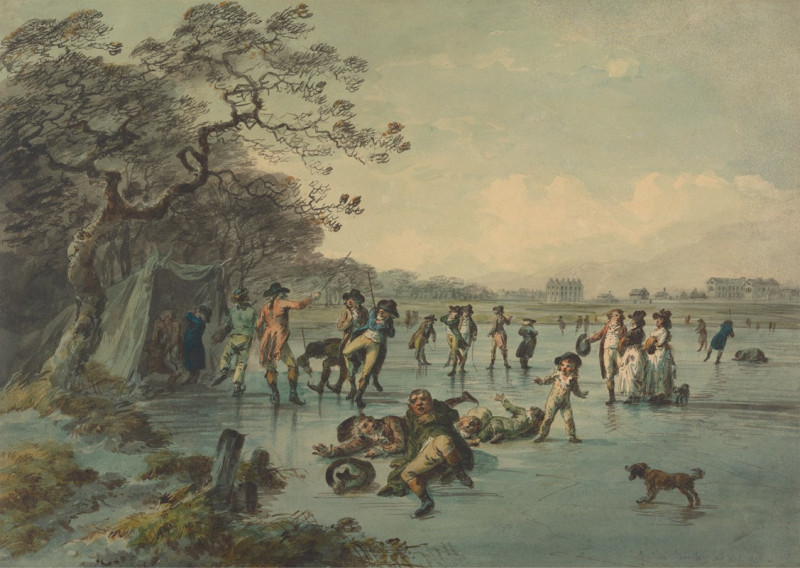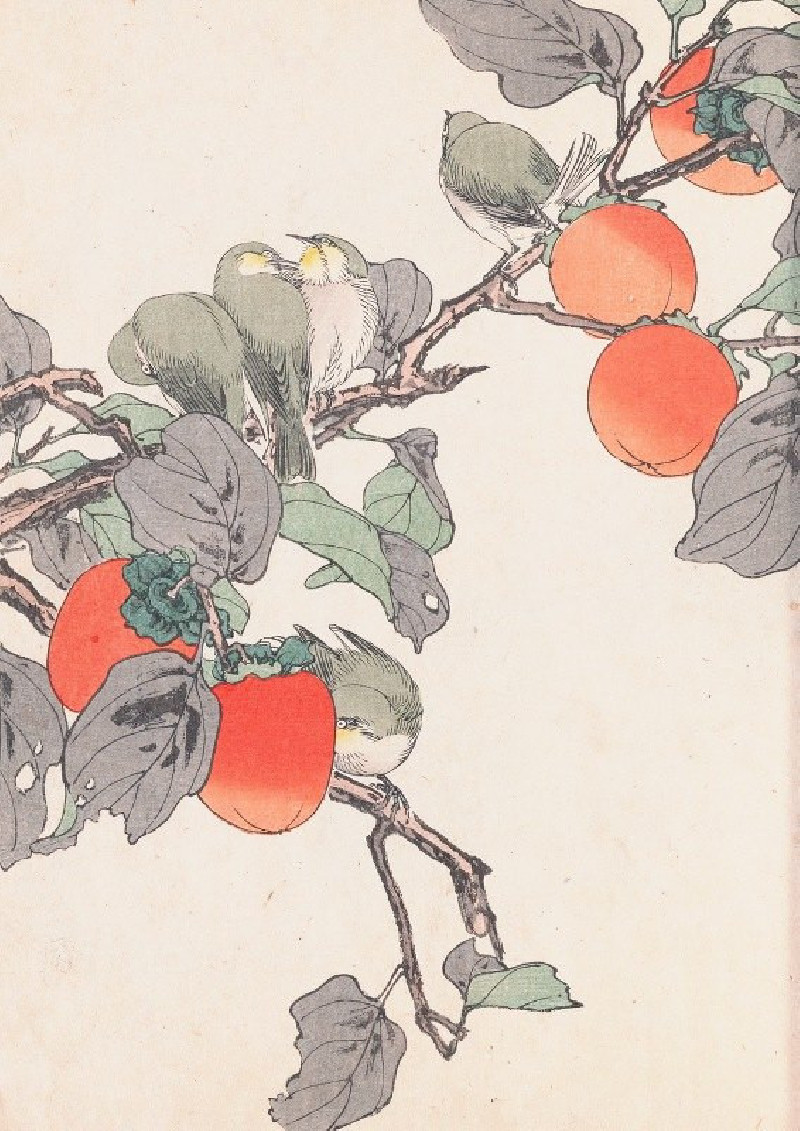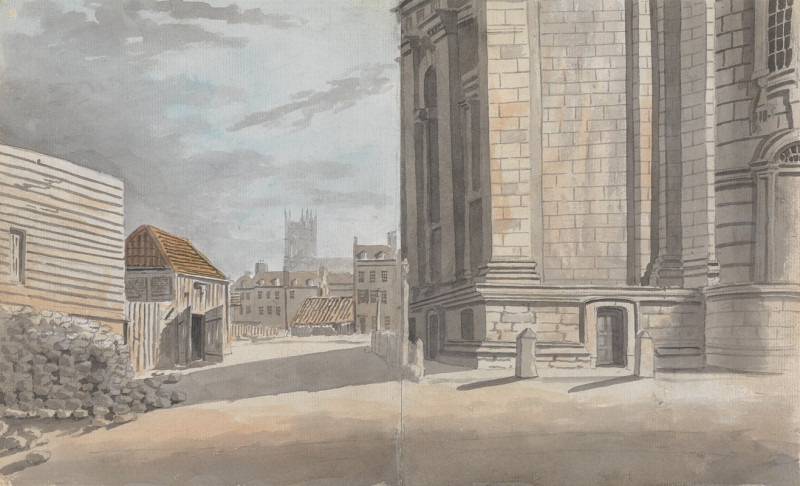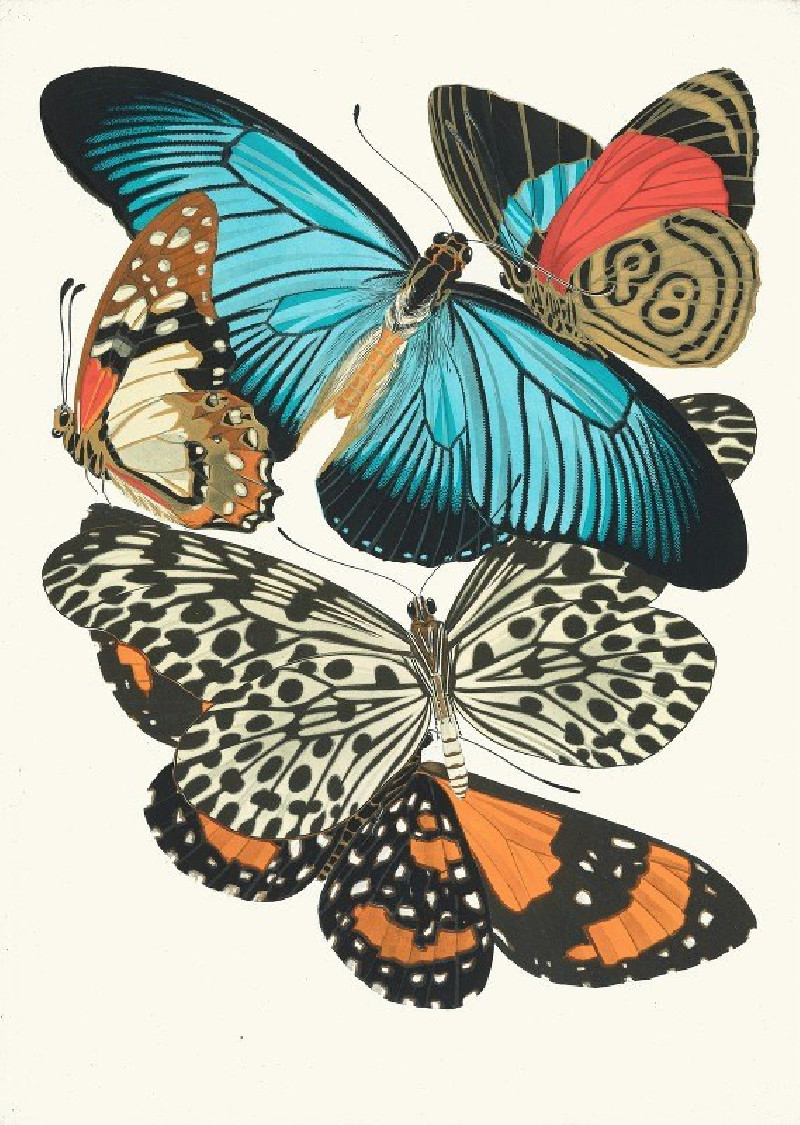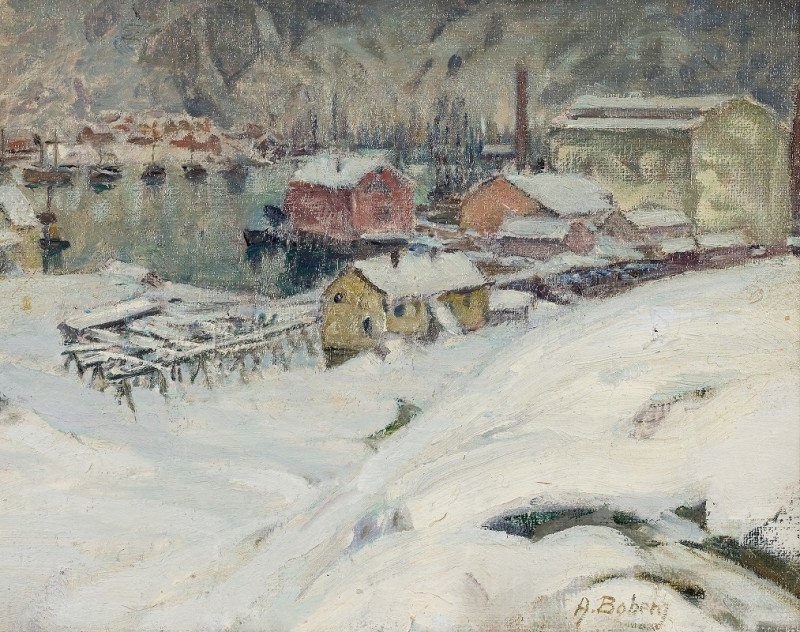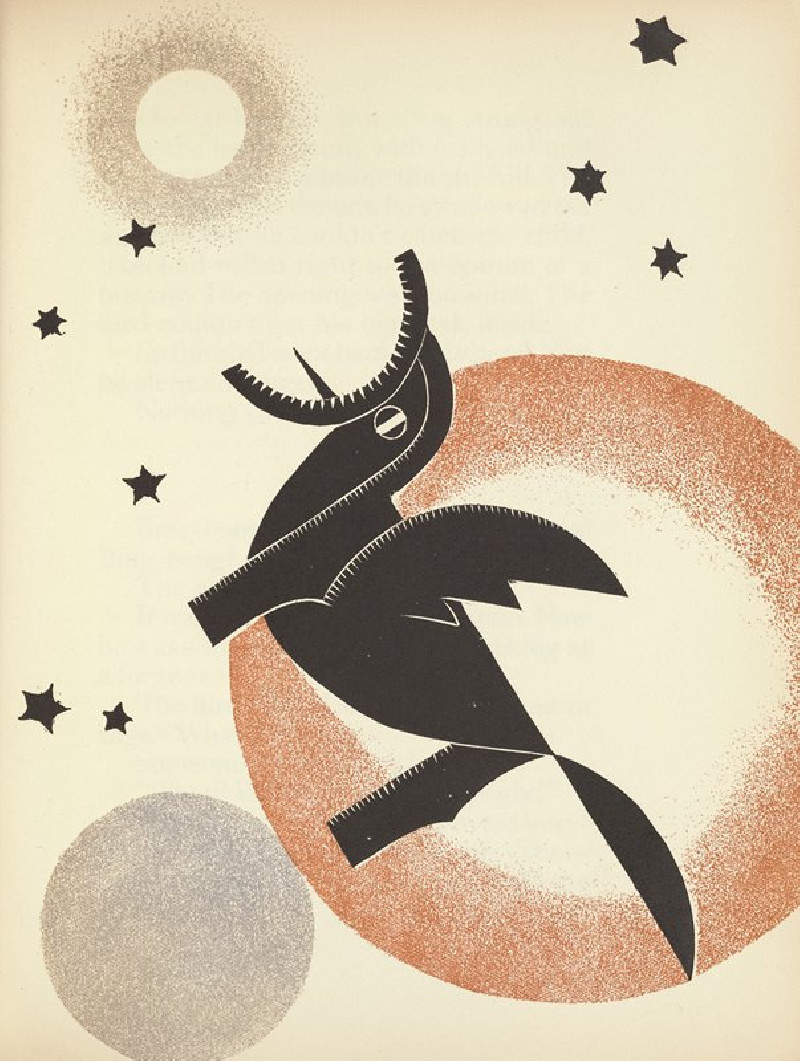Les Andelys On A Summer Morning
Technique: Giclée quality print
Recommended by our customers
More about this artwork
This ink drawing by Paul Signac, titled "Les Andelys On A Summer Morning," beautifully captures the serene and pastoral atmosphere of the French landscape, specifically the area of Les Andelys. The composition provides a sweeping view across a calm river which likely represents the Seine, as it winds through Les Andelys, reflecting the sky and the structures along its banks.To the left, there is a depiction of a quaint church crowned with a spire, nestled among lush trees. Its architectural details suggest a modest yet historically rich character, likely evoking the local heritage. Moving towards the center and right of the scene, the eye is drawn to the rising hill topped with what appears to be a fortress or castle, adding a sense of historical depth and narrative to the landscape.The foreground features trees with full canopies on both sides, framing the scene and lending a feeling of enclosure and coziness. The use of dynamic, fluid lines in the trees and the reflections in the water imbues the scene with vibrancy and a certain kinetic quality, despite the tranquil subject matter.The handling of light and shadow through varied ink washes enhances the texture and dimensionality of the natural elements and architecture, providing a rich visual tapestry. Overall, Signac's work here is a skilled balance of detail and abstraction, capturing both the essence and the beauty of Les Andelys on a summer morning.
Delivery
Returns
Paul Signac (1863-1935) was a French Neo-Impressionist painter. Together with Georges Seurat, Signac developed the Pointillism style. He was a passionate sailor, bringing back watercolor sketches of ports and nature from his travels, then turning them into large studio canvases with mosaic-like squares of color. He abandoned the short brushstrokes and intuitive dabs of color of the impressionists for a more exact scientific approach to applying dots with the intention to combine and blend not on the canvas, but in the viewer's eye.

